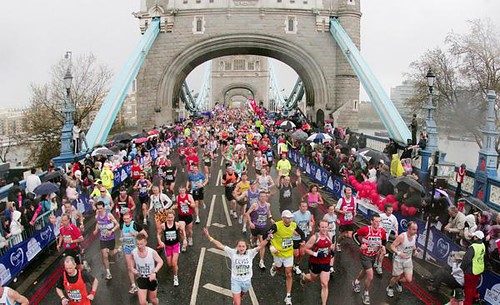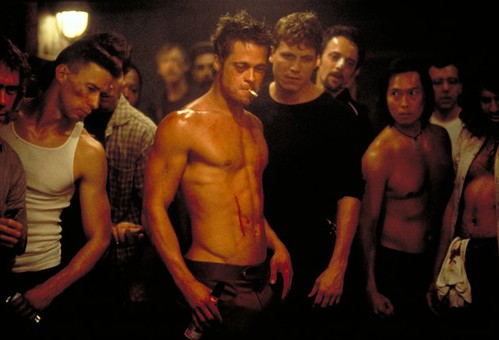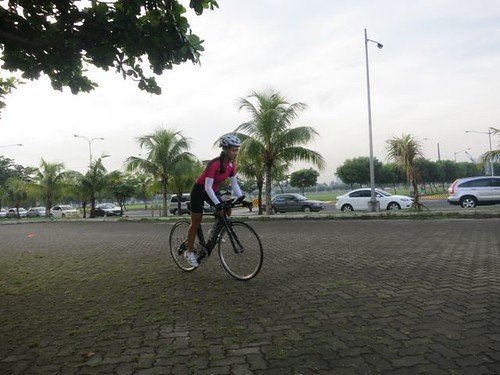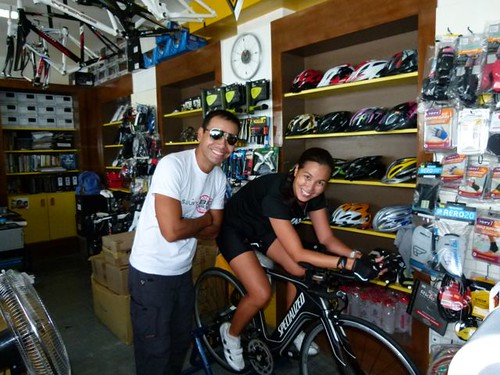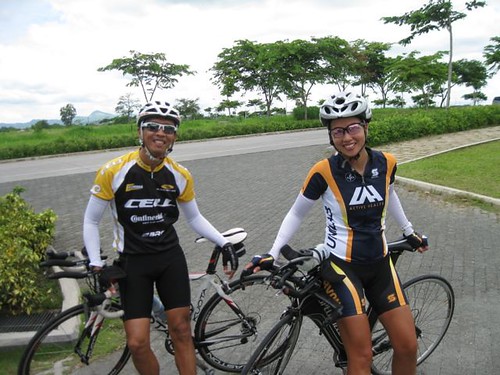ROAD TO LONDON MARATHON: FORCED REST
This is a weekly post on my training for Virgin London Marathon on April 21, 2013. Like I always say: The marathon is the icing on the cake; it’s the journey leading up to the race that I absolutely love. Thank you to Unilab Active Health for the trip and to Timex Philippines and UK for the slot.
NO. OF WEEKS TO LONDON MARATHON: 5 WEEKS
After I ran my required 32km LSD last Sunday during Run United 1, I woke up on Monday feeling all revved up for the week of training to come. Raaawr! Give me more, Coach. Give me more!
Monday is a rest day (wherein I do Bikram Yoga because Coach says that doesn’t count heehee), but I always check my program online at Training Peaks to mentally prepare for the workouts and to plan my schedule for the rest of the week. I looked through the week’s workload and, for the first time since January, it was empty. Coach Andy didn’t fill it in.
The Coach, who is one of the most OC people I know, rarely ever fails to punch in my program for the week. Either this crazy Coach of mine impulsively decided to bike for 48 hours and skipped all his work over the weekend OR he accidentally missed working on my program because of his rising clientele of athletes who wish to suffer under him (Naks!) Immediately, I sent him an SMS reminding him to fill it in.
His reply: “Relax…”
What the?!! What is that supposed to mean?!! How does one relax when I have no clue what my body and I are up against for the rest of the week?! There’s no time to relax! London is a mere 5 weeks away!
Then, another text message came in: “This is a recovery week. Eat your greens and get a lot of sleep. Gradual build up by Friday to Sunday. 21k hill repeats.”
Oh. There’s the punchline. Almost like an epiphany, everything made sense. He was saving my legs for the tough workouts at the end of the week.
With that, I popped the cork off of a wine bottle I’d been saving for years, toasted to three long days of forced rest, and danced like there’s no tomorrow…NOT! In truth, I spent the next three days meeting work deadlines, tutoring my daughter for exams, rushing off to meetings, squeezing in a secret swim on Tuesday (ssshhh!), and endlessly complaining why I felt even weaker than days when I kill myself during workouts. (I know, I know, I’ve completely gone nuts just like all you other triathletes reading this!)
By Thursday, my calendar had been filled in with run and bike workouts. I was back to training and, somewhere around my 3rd set of pushups and catching my breath, I wondered why I was even whining about rest days. I may be screaming for more rest by next week when the Coach increases my mileage. Gulp.
“You’ve got to have the mental toughness and confidence in yourself where you believe that you can take those days off and you can recover and you can run great. A lot of what we see in athletes that just train all the time and never give themselves adequate recovery is often portrayed as toughness. What I’ve realized over the years is it really is a weakness. It’s an insecurity that you’re not good enough to recover like other athletes: I’m not good enough to do that; I need to keep training; I can’t take time off; I can’t take easy days.”
-Alberto Salazar

